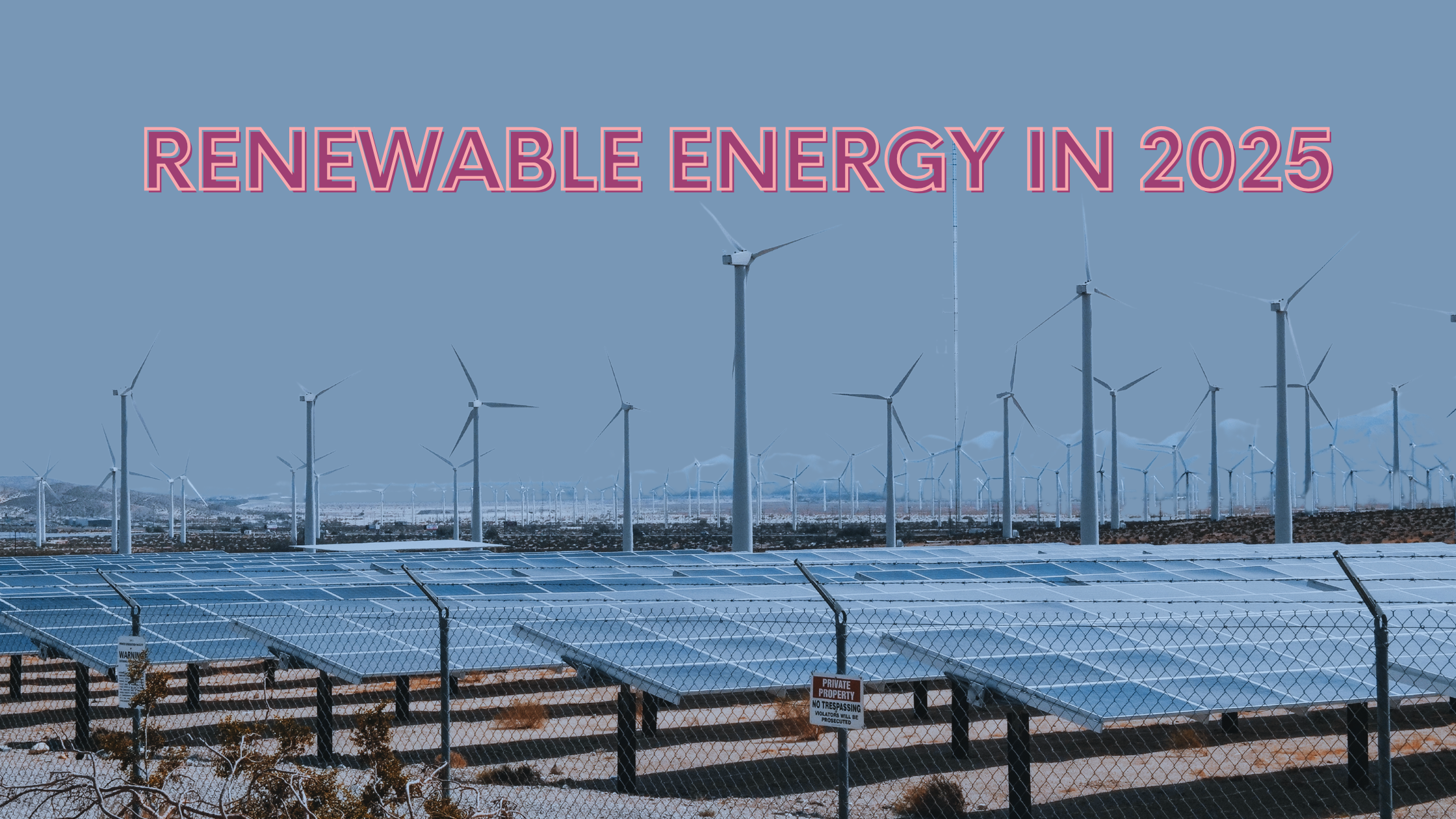More homeowners are literally taking energy matters into their own hands across the UK, whether it’s driven by rising utility bills, concern over climate change or a desire to future-proof their energy demands. The shift toward renewable energy is no longer a fringe movement. It’s becoming the standard.
Renewable energy UK homeowners adopt today not only reduces their carbon footprint but also offers a gateway to energy savings, government incentives, and long-term property value. In a country striving toward NetZero carbon emissions by 2050, switching to clean energy isn’t just responsible—it’s economically smart.
But what does that transition actually look like? And how can homeowners ensure they’re making the most of modern renewable energy technology?
Let’s break it down.
Why Renewable Energy Now?
We’re living in an era of urgency. The climate crisis is accelerating, and the energy market is volatile. The UK government has legally committed to NetZero carbon emissions by mid-century, and hitting that target means drastically reducing the environmental impact of homes. That’s where sustainable energy comes in.
Homeowners have a huge role to play. Residential buildings in the UK account for about 14% of greenhouse gas emissions, mainly from heating and electricity use. This is where the renewable energy benefits stack up: cleaner air, lower bills and more control over household consumption.
Pair that with geopolitical instability affecting fossil fuel imports, and the need for energy independence becomes clear. Owning your energy production system, whether through solar panels, wind turbines, or energy storage, is one of the most effective ways to shield your household from future price hikes.
Understanding the Core Renewable Energy Solutions
If you’re considering a shift to green energy, the options available to UK homeowners are better than ever.
Solar Panels
By far the most common and accessible renewable energy technology for UK properties, solar panels convert sunlight into usable electricity. Even on cloudy days (which the UK has no shortage of), these systems can generate power efficiently.
Installation costs have dropped significantly in the last decade. According to the Energy Saving Trust, a typical 4kW solar panel system might cost around £5,000 to £7,000 but could save homeowners between £300 and £500 per year, depending on usage and tariff structure.
What’s more, solar is modular and scalable. You can start small and expand over time. With proper energy storage solutions like home batteries, any surplus energy generated during the day can be stored and used at night, increasing overall energy efficiency.
Wind Turbines
Less common but highly effective in the right conditions, wind turbines can be installed on suitable rural properties. They work day and night and don’t rely on direct sunlight, making them a great year-round clean energy source.
Small domestic wind systems can generate anywhere from 1kW to 15kW, and while upfront costs tend to be higher than solar, the output over time can balance that. Planning permission and wind assessments are often required, but the long-term energy savings can be substantial.
Energy Storage Systems
No renewable energy installation is complete without addressing storage. As the grid becomes smarter and more distributed, having your battery storage is critical. It allows you to use power on your schedule, not just when the sun shines or the wind blows.
Beyond home batteries, integrating into local energy projects or community renewable energy networks gives you access to shared energy reserves. These projects are becoming increasingly popular in urban and suburban areas, offering collective ownership of larger systems that benefit multiple households.
Government Incentives That Make It Worth It
The UK offers a suite of government incentives to ease the financial burden of transitioning to eco-friendly energy. These schemes can reduce upfront investment significantly and help you get your returns sooner.
One of the most useful is the Smart Export Guarantee (SEG). The programme requires energy suppliers to pay homeowners for excess electricity fed back into the grid. Rates may vary, but even modest returns add up over time.
Another major benefit is the 0% VAT on energy-saving materials, including solar panels combined with energy storage systems. This was introduced to encourage households to convert to cleaner technologies by making installation more affordable.
For eligible households, especially those on lower incomes, schemes like ECO4 and the Great British Insulation Scheme offer funding for both energy efficiency upgrades and renewable installations. These not only help the planet but also improve comfort and cut fuel bills.
Financial Gains: Energy Savings and Property Value
When you make the switch, you’re not just doing it for sustainability—you’re investing in your home.
Long-term savings are one of the biggest draws. While installation costs can be a barrier, most systems pay for themselves in under 10 years. After that, you’re generating free energy and reducing your reliance on costly imported fuel.
But there’s more: homes with integrated renewable energy systems typically enjoy increased property value. A 2023 study found that homes with solar panels sold for up to 4–6% more than similar homes without. In a competitive market, green credentials are a premium selling point.
Plus, rising awareness of climate issues means buyers are now actively seeking eco-friendly homes. Making these upgrades to your home can position your property as future-ready and also appealing to a broader pool of potential buyers.
Home Energy Audit and Planning
Before investing in any new renewable energy system, a professional home energy audit is essentially recommended. This audit assesses your current energy use, insulation levels and structural factors to recommend the most efficient upgrades for your property.
It can help determine whether your home is better suited to solar panels and wind turbines or whether improvements in insulation and heating should come first. It also flags opportunities to reduce waste before generating new energy—a critical but often overlooked step in truly sustainable living.
Once your audit is complete, work with renewable energy suppliers who are MCS-certified and have proven track records. A poor installation can compromise efficiency and safety, so choosing the right contractor is as important as choosing the right system.
Choosing Trustworthy Renewable Energy Suppliers
Once you’ve decided to invest in renewable energy, the next critical step is selecting a reliable supplier. This isn’t a decision to rush. The quality of your renewable energy installation impacts the performance, safety and return on investment of your installed equipment. Choosing the wrong installer can lead to costly mistakes, warranty issues and missed opportunities to claim government incentives.
Start by ensuring any potential supplier is certified under the Microgeneration Certification Scheme (MCS). This UK-wide quality assurance scheme sets industry standards for both products and installers. Working with an MCS-certified company ensures that your installation qualifies for incentives like the Smart Export Guarantee (SEG) and meets national safety standards.
Beyond certification, reputation matters. Could you check third-party review platforms, request references, and ask questions about previous work? A good supplier should be transparent about their experience, costs and timelines. They should also offer a site assessment before giving a quote. If someone tries to sell you a system without inspecting your roof, energy usage, or orientation, that’s a red flag.
It’s also important to compare offers. Some homeowners make the mistake of going with the first quote they receive. However, prices, warranties, equipment quality, and aftercare services vary widely. Gather at least three quotes and ensure each includes details like projected energy output, system efficiency, and breakdown of costs. This allows you to make an informed choice based not just on price but on overall value.
Please be sure to look for suppliers who offer support after installation.
Quality renewable energy suppliers provide ongoing maintenance packages, performance monitoring, and clear customer service policies. As with any investment, the aftercare can be just as important as the initial setup.
Don’t overlook local firms. Many smaller, regional renewable energy suppliers offer highly personalised service and are more familiar with local planning regulations, grant applications, and climate conditions. They’re often involved in community renewable energy initiatives or local energy projects, which can be another advantage if you’re interested in collective schemes or shared infrastructure.
Finally, stay cautious of high-pressure sales techniques. A legitimate installer won’t rush your decision or use scare tactics. Trustworthy companies want you to be informed and confident in your investment because the technology speaks for itself.
Making the move to clean energy is one of the most innovative and most impactful decisions a UK homeowner can make. Whether you’re motivated by the climate crisis, high energy costs, or the desire for greater independence, the renewable energy that UK homeowners adopt now will define the future of sustainable housing.
With the right mix of planning, trusted suppliers, and access to government incentives, there’s never been a better time to switch. You’ll benefit from immediate energy savings, increase the value of your home, and play a real part in building a cleaner, more resilient energy system for future generations.
Ready to reduce your carbon footprint and take control of your energy future? Start with a professional home energy audit and take your first step toward sustainable living today.





